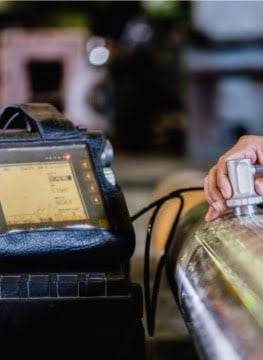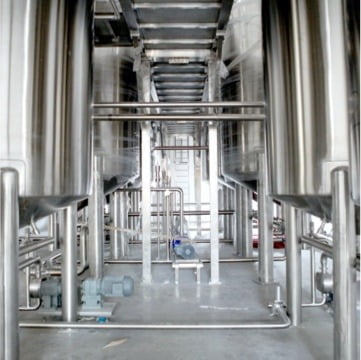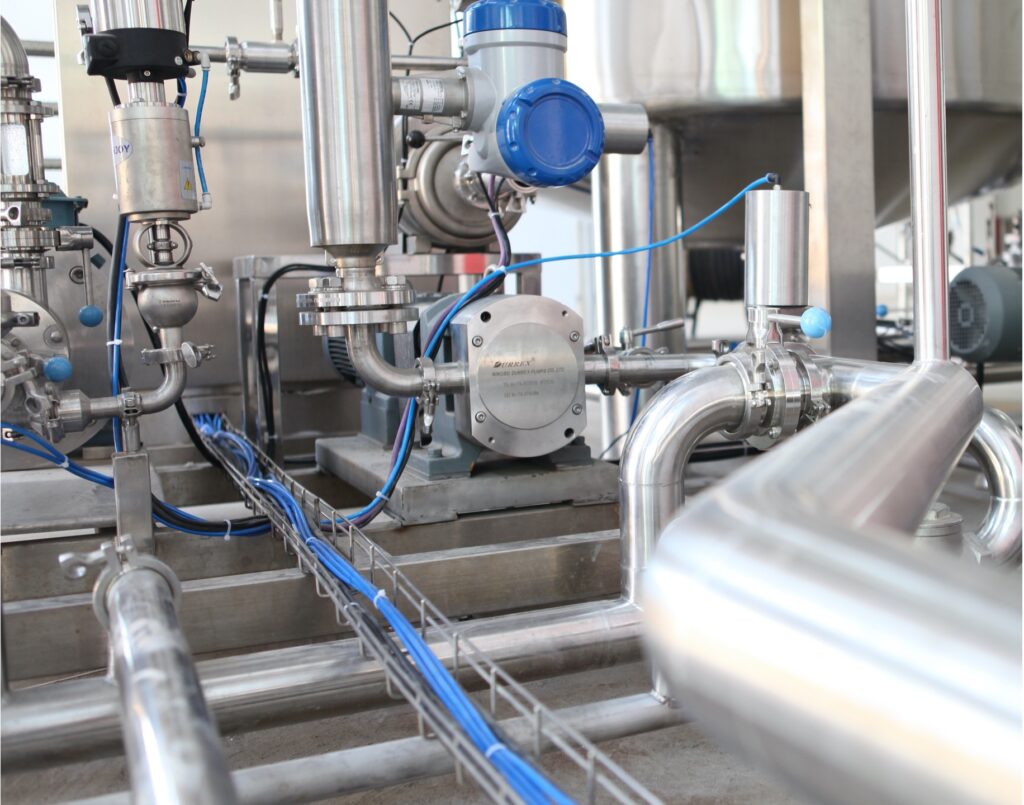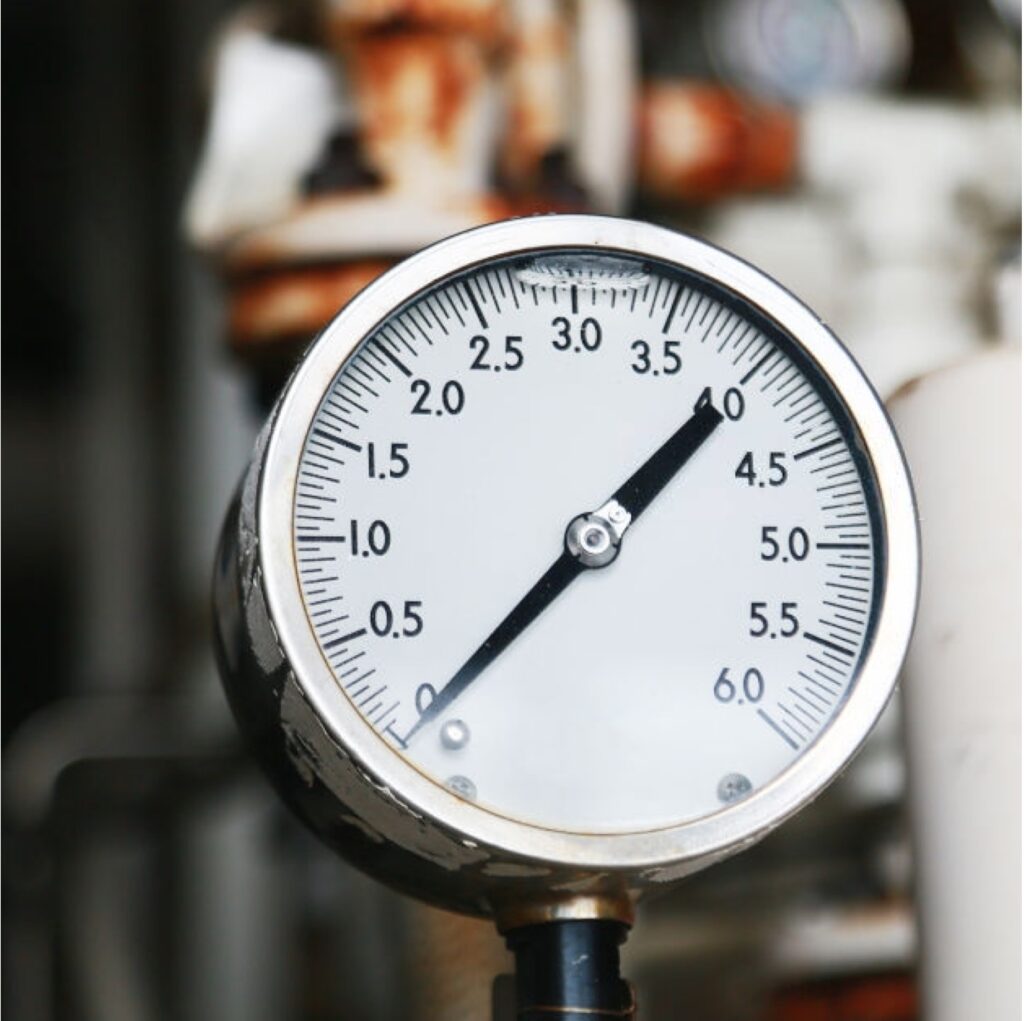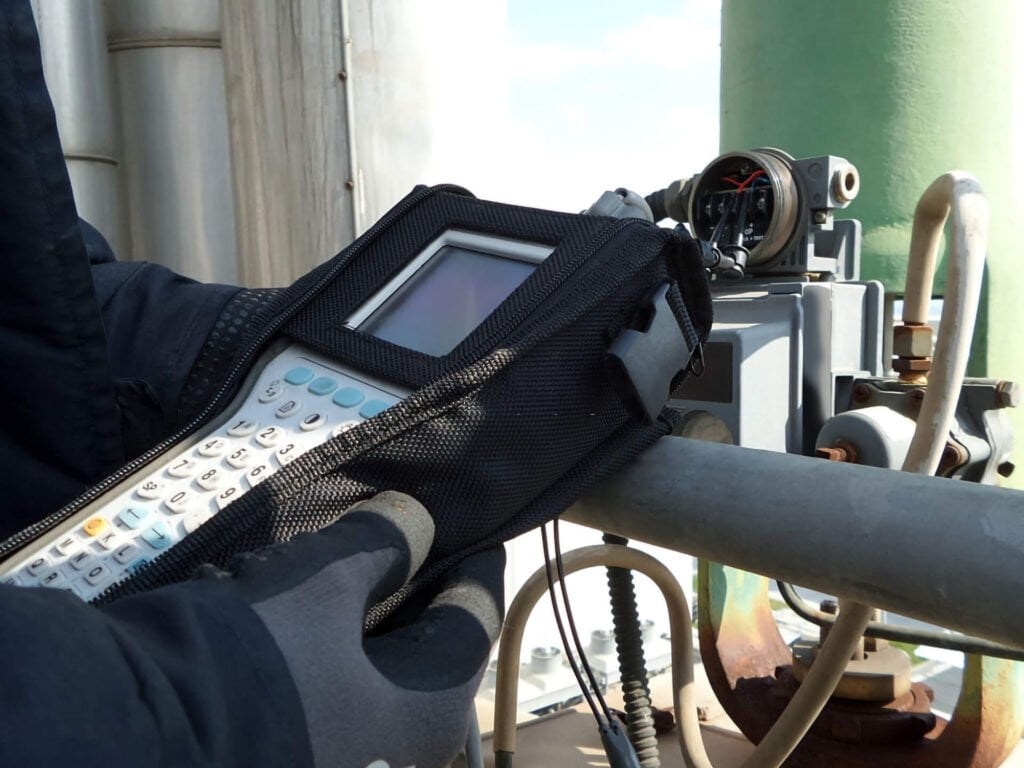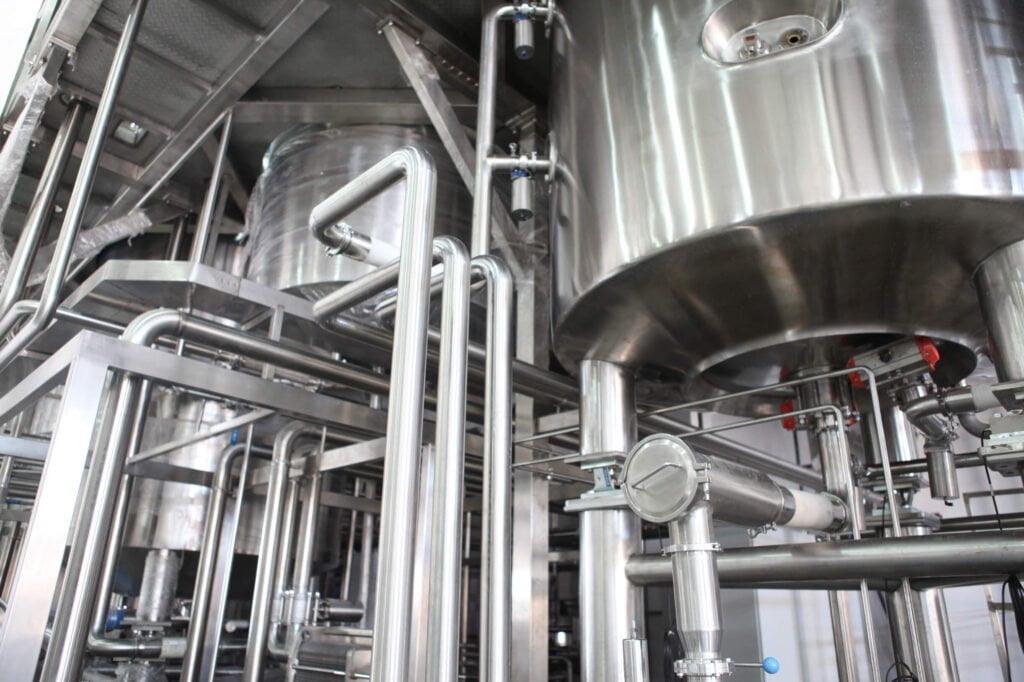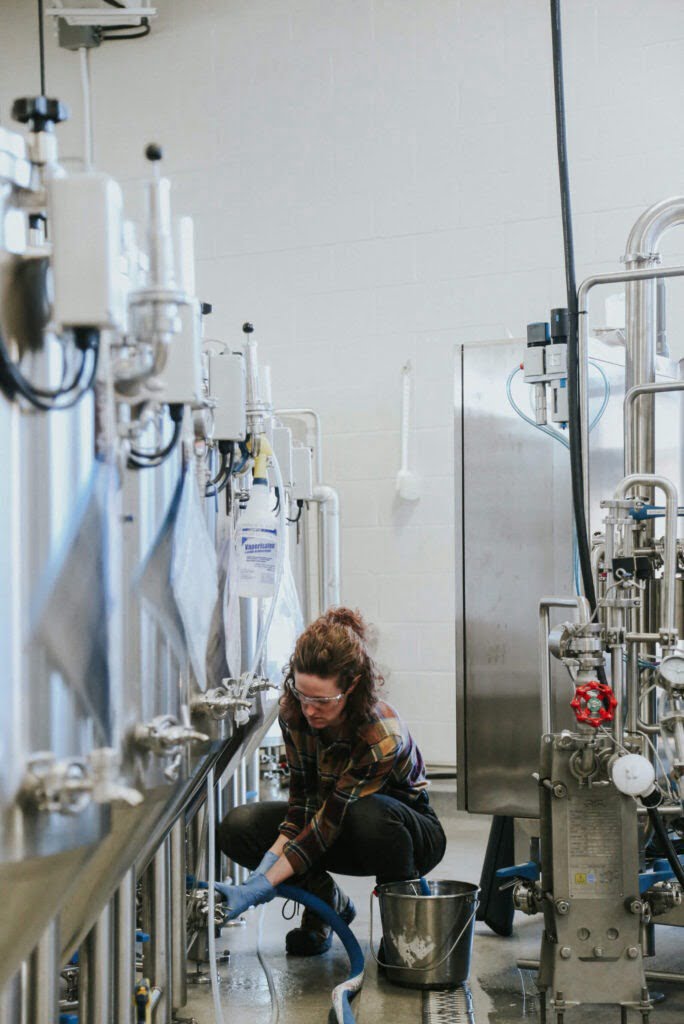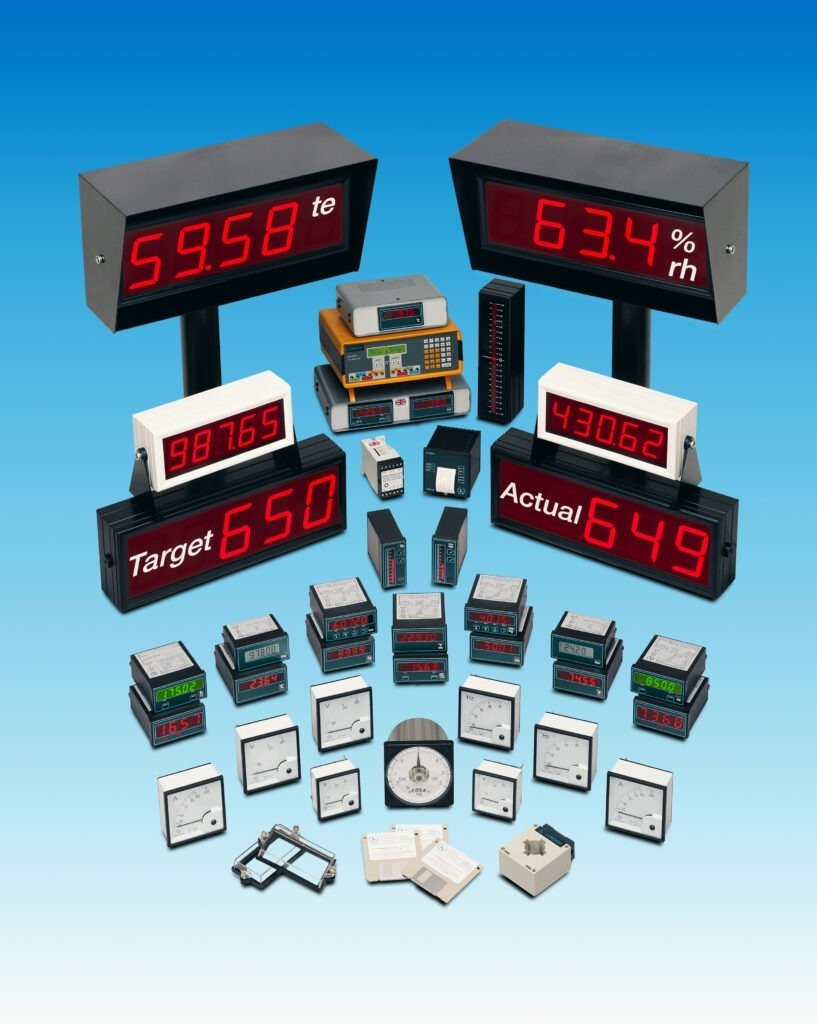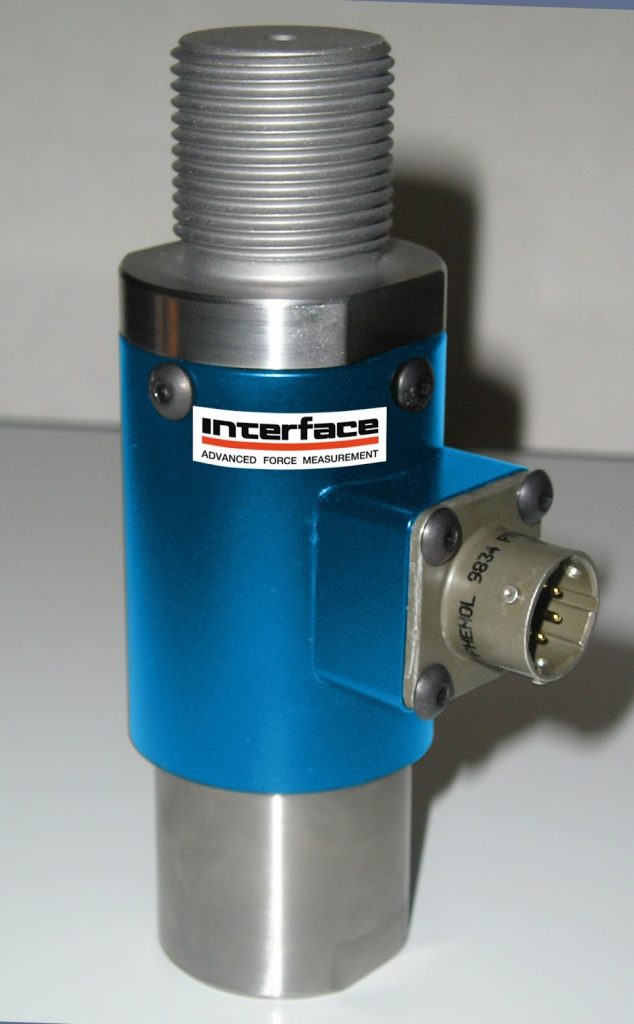When there is a need to measure gas flow rate in an industrial process or scientific research, there are many types of technologies to choose from. This makes selecting the right gas flow meter a challenge. Engineers also have to consider many other parameters such as: value for money, cost of ownership, size of footprint, application flexibility, calibration method, accuracy with changing application conditions, and repeatability, etc.
With all that in consideration a decision must be made as to what flow metering technology should be used to get the best accuracy, repeatability, and lowest cost of ownership? Engineers or designers must first decide if they want a flow meter technology that can deliver gas mass flow rate or simply gas volume flow rate measurement within their plant or facility.
In simple terms, the mass flow rate is the weight of the sample, while the volumetric flow rate is the size of the sample.
There are vast differences between mass flow and volumetric flow and a further explanation below gives further insight.
What is Gas Mass Flow Rate?
Gas mass flow rate is the actual mass of a gas which travels through a measurement instrument per unit of time. Units are calculated in standard litres per minute (slpm) or standard cubic centimeters per minute (sccm) in SI units. “Standard” refers to standard reference conditions for temperature and pressure. This allows more common industrial measurement terms to easily be converted to mass flow.
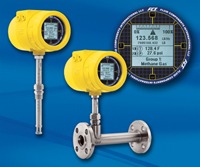
What is Gas Volumetric Flow Rate?
Gas volumetric flow rate or volume flow rate, in contrast, is the volume of fluid which passes per unit time. Volumetric air flow rate has many units of measure. Some common examples include: Cubic feet per minute (cfm), and cubic centimeters per minute (ccm).
Advantages of Mass Flow Versus Volumetric Flow
Mass flow technology has an inherent advantage over volumetric flow technology by its very nature since it accounts for absolute measurements. Common process gases like Air, Argon, CO2, N2, and Oxygen follow the principles of the “Ideal Gas Law.” While not all gases are “ideal” these common gases work on the principle that changes in the density are caused by the changes in temperature and pressure.
Volumetric air flow is less reliable than mass flow to account for absolute measurements because changes in temperature and pressure (T&P) affect the gas density and thus reduce the accuracy. Volumetric flow measurement requires T &P compensation to determine true gas mass flow rate.
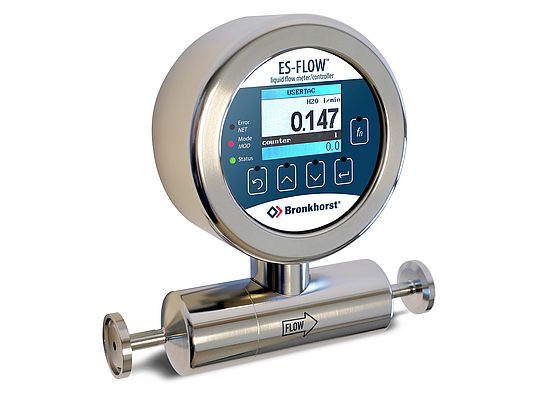
Benefits of Mass Flow Measurement
There are distinct advantages of using mass flow meters over volumetric meters. When using volumetric meters, there is the added expense of acquiring and installing additional equipment for temperature and pressure correction. There is also an added computation to convert the volumetric flow to mass flow if mass flow is a requirement. Additionally, mass flow measurement is recognized as offering more reliable, added accuracy, and better repeatability data than volumetric flow methods.
Direct thermal mass flow controllers and insertion-type thermal mass flow meters, such as the ones available from FCI and Bronkhorst offer engineers and designers a direct gas mass flow measurement without pressure or temperature sensors or flow computers. Coriolis flow meters are the only other technology that measures mass flow rate directly with no secondary flow computers.
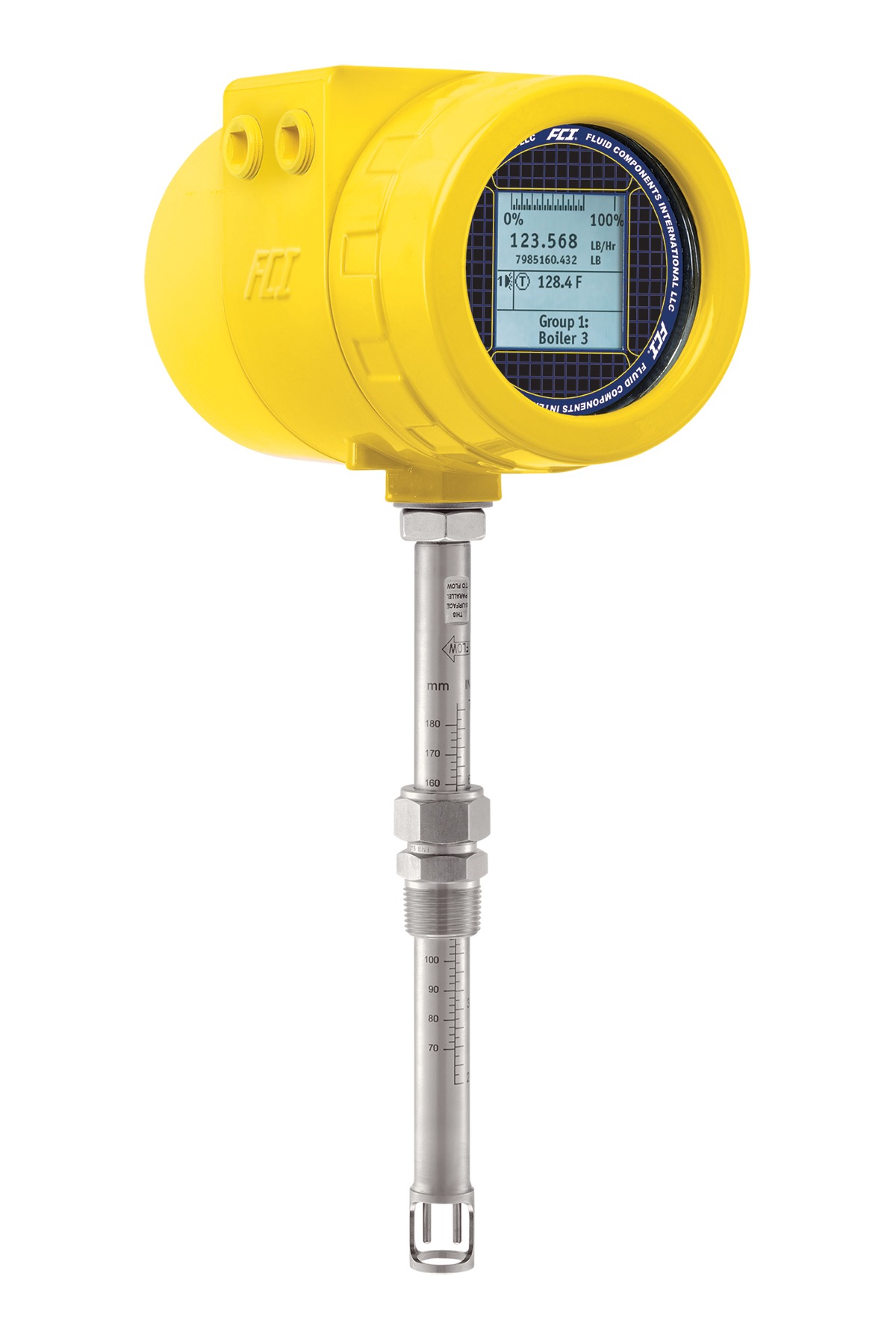
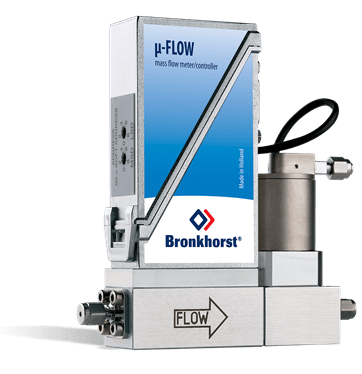
Discover Mass and Volumetric Flow measurement devices with AMS
Connect with our expert team to discuss how we can assist you in selecting the right flow devices for your specific requirements. AMS Instrumentation & Calibration Pty Ltd has many years of experience in mass flow and volumetric flow measurement
For more information or to arrange a consultation, contact us today.
